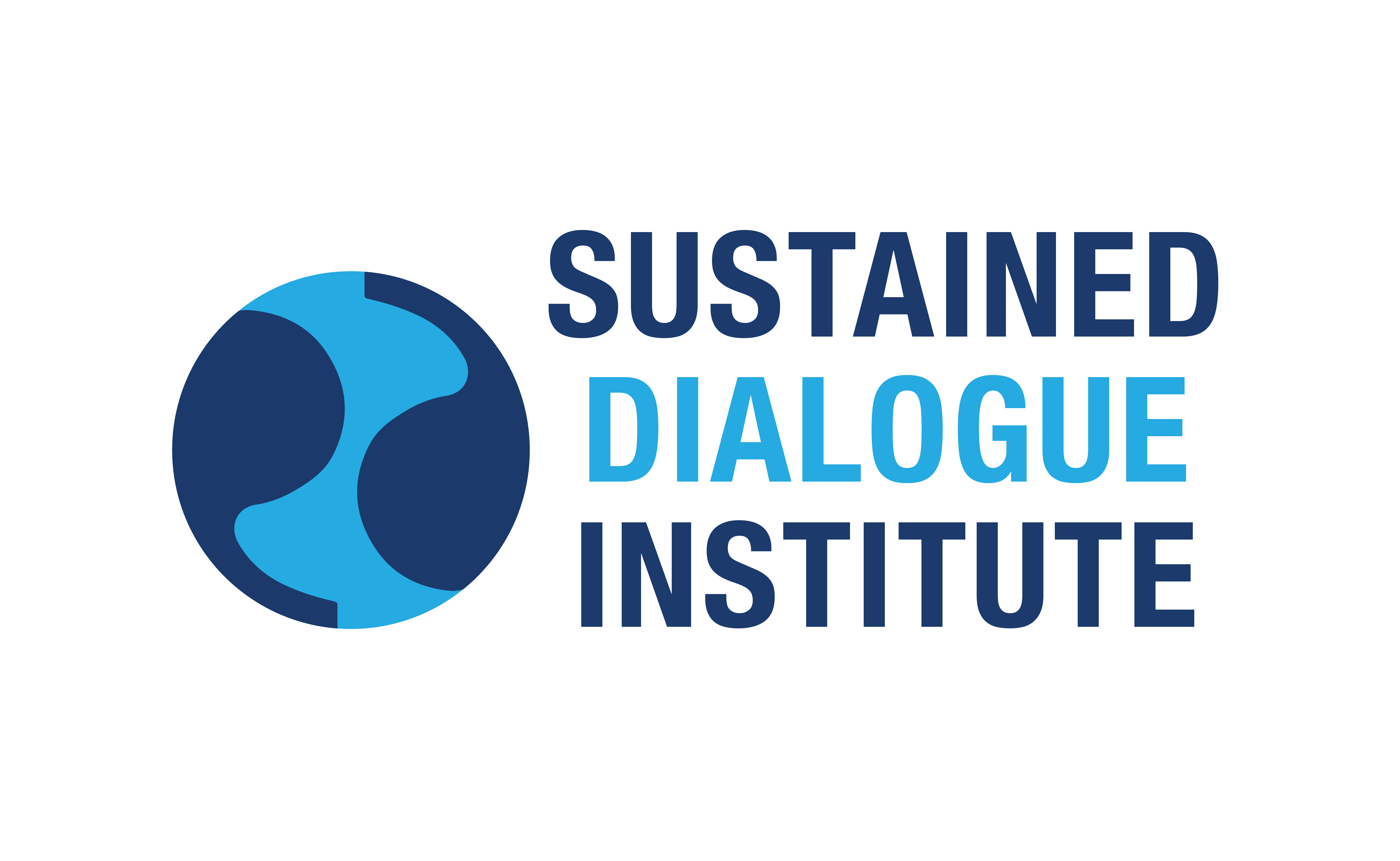When conflict becomes entrenched, whether in your organization, community, or family, our instinct is often to power through with better arguments, clearer rules, or tougher enforcement. But new research from Uppsala University reveals what actually works to transform destructive patterns.
Who can we call to help fix our conflict?
Consider this: the people best positioned to end conflicts are often the ones who helped create them. Uppsala researchers Söderberg Kovacs and Svensson found that sustainable peace processes “invariably do not start until the parties have realized the futility or limits of armed means” and critically, this realization almost always requires that existing leaders be willing to challenge their own previous commitments and leadership approaches (Söderberg Kovacs & Svensson, 2025).
If you’ve been part of creating or maintaining destructive conflict patterns, you’re not disqualified from solving them. You’re essential to the solution. But only if you’re willing to acknowledge that your previous approach isn’t working. At the Sustained Dialogue Institute, we receive many calls reaching out for external help, but the paradox says that there are a few things internal people should know before they consider implementing a solution:
Even Smart People Get Into Mindless Fights
Previous research in conflict transformation reveals something uncomfortable about human nature. Even highly intelligent, well-intentioned people get trapped in what conflict theorist Johan Galtung calls the “conflict triangle” in which:
- 1. our positions (what we want),
- 2. our behaviors (how we pursue what we want),
- 3. and our attitudes (how we see “the other”)
…each reinforce each other in escalating cycles (Galtung, 1969).
Dr. Harold Saunders, who helped negotiate the Camp David Peace Accords, coined the term ‘peace process’, and founded the Sustained Dialogue Institute, observed this pattern repeatedly. He wrote that “dialogue is a process of genuine interaction through which human beings listen to each other deeply enough to be changed by what they learn.” (Saunders 2001, p.82) The key word is “changed.” Have you ever difficult conversations hoping to change others? The key is shifting to changing ourselves.
3 Ways You Can Actually Transform Conflict
The researchers at Uppsala, they found three consistent factors that shifted entrenched conflicts toward resolution:
- Leadership willing to make “costly conciliatory measures”—visible actions that demonstrate commitment to relationship change, even when it creates internal pushback.
- New institutional structures that guarantee ongoing influence for all parties—not just one-time conversations, but systematic ways for different perspectives to shape decisions.
- Focus on relationship dynamics before issue resolution—what the research calls addressing “conflict attitudes” and “conflict behavior” before tackling issues.
Who’s willing to say it first?: Something’s got to give
This research also identifies what makes some moments ripe for transformation. It’s not when people agree on the source or language of the conflict (as that likely won’t happen).
Conflict is actually ripe when all parties recognize that “the current stalemate [is] unsustainable, with potentially higher costs down the road” (Söderberg Kovacs & Svensson, 2025).
If you’re a leader dealing with recurring conflicts that drain energy and undermine effectiveness, you may be approaching that ripeness moment. The question isn’t whether you have the power to end the conflict, it’s whether you have the courage to model a different way of engaging.
The research suggests that sustainable change requires what Saunders called the lesson of “disciplined perseverance toward peace” or systematic attention to relationship-building over time. This isn’t about just about being nicer or more collaborative. It’s about developing the capacity to navigate fundamental disagreements without sacrificing relationships or organizational effectiveness.
For leaders, this means accepting one uncomfortable truth: your effectiveness ultimately depends not on being right, but on creating conditions where complex problems can be addressed by people who disagree with each other.
The alternative is continued cycles of conflict and resistance, which is what to forecast without considering how to change.
The Sustained Dialogue Institute is a nonprofit that helps organizations and communities develop these capacities through evidence-based dialogue processes. But we’d love you to consider this first, and then reach out to us!
Learn more:
- Galtung, J. (1969). Conflict as a way of life. In H. Freeman (Ed.), Progress in mental health. London: Churchill.
- Saunders, H. H. (2001). A public peace process: Sustained dialogue to transform racial and ethnic conflicts. New York: Palgrave Macmillan.
- Söderberg Kovacs, M., & Svensson, I. (2025). Triangulating peace: How adversaries build sustainable peace through negotiated settlements. Negotiation Journal, 41, 99-127.
